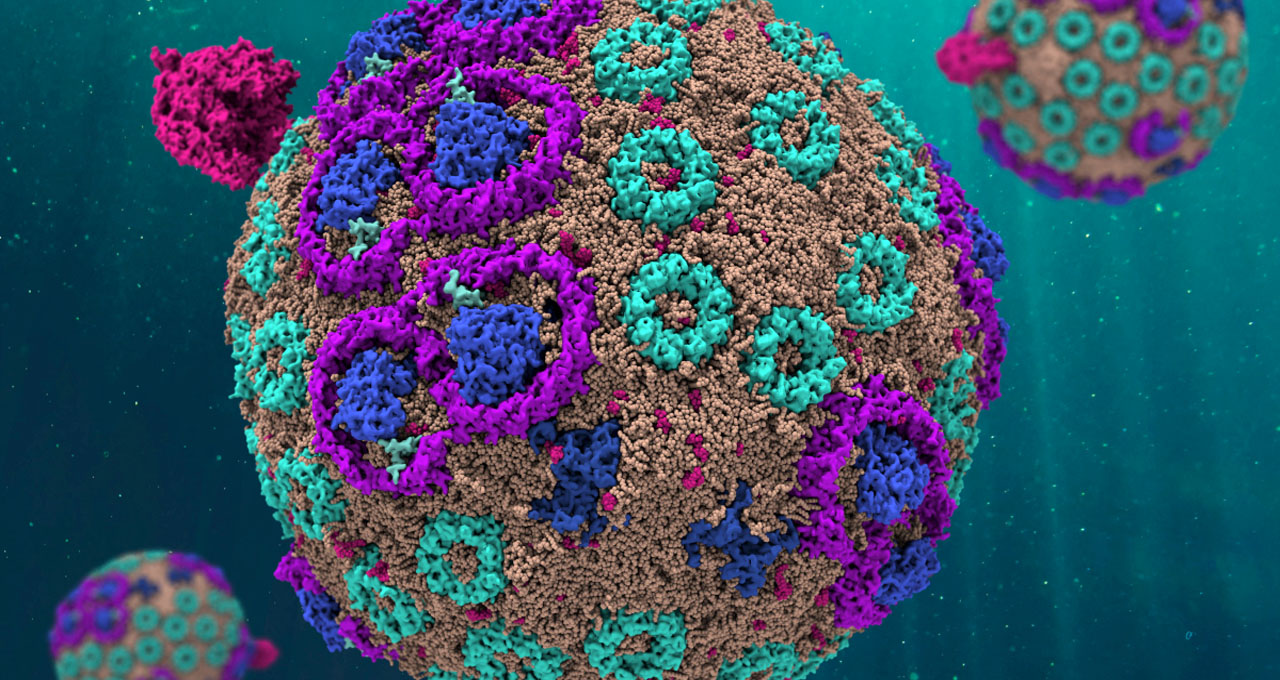Energy efficiency isn’t just a concern for vehicle design or the power grid — it’s a calculation occurring at a microscopic level in every living cell.
Whether it feeds on light or glucose, every cell works around the clock to generate enough energy to survive in its environment. The more efficient this energy transfer is, the more productive that cell can be.
Researchers at the University of Illinois at Urbana-Champaign and Arizona State University are simulating photosynthetic organisms to understand how they capture energy — and how they could be made even more productive.
Applied to agriculture, this kind of optimization would mean a bigger crop yield. In healthcare, it could mean improving the delivery of antibodies and peptides in precision medicine, or even extending the lifespan of cells. And in the energy industry, it could improve the efficiency of biofuels.
“Any given plant wants to be able to live anywhere, so it will optimize its underlying machinery to survive in a range of environmental conditions,” said Abhishek Singharoy, assistant professor in the School of Molecular Sciences at ASU. “As scientists and engineers, we can make a more productive variant of that plant to get more energy out of it for us.”
Singharoy and his collaborators run their molecular dynamics simulations on NVIDIA GPU-accelerated supercomputers, including the world’s fastest system, Oak Ridge National Laboratory’s Summit. They presented their work in one of more than 150 online talks at GTC Digital.
Throwing Light on Photosynthesis’ Efficiency
Green plants photosynthesize, converting sunlight into food. But in many organisms, less than 10 percent of the solar energy absorbed is turned into usable nutrients. To understand why, the researchers used a GPU-accelerated simulation of a purple bacteria’s photosynthetic apparatus.
The atomic-scale simulation can model 136 million atoms and their movements for 500 nanoseconds, or half a microsecond, on the Summit supercomputer.
By moving to the Summit supercomputer from its predecessor, Oak Ridge National Laboratory’s Titan system, the team saw a 6x speedup in run time. They used, on average, 922 nodes on the system to run their simulation. Each node contains six NVIDIA V100 Tensor Core GPUs.
“It’s useful to build the entire thing at atomic resolution to make sure you have a realistic model,” said Jim Phillips, senior research programmer at the University of Illinois. “To run a dynamic model of that size fast enough, you need GPU parallelization.”
However, to capture the process of light turning to energy during photosynthesis, the researchers needed to run a longer simulation of a few dozen milliseconds. So rather than simulating each atom individually, they introduced approximations to simplify the cell into rigid domains — getting them to the 30-millisecond mark.
From there, the team extended their predictions to determine how long the cell would take to reproduce under different light conditions. They found that the bacteria thrives best in low-light conditions — an adaptation to its muddy water habitat.
“We knew that the bacteria is found in muddy water, but were able to figure out why it survives in that environment,” Singharoy said. “Its underlying structure is built such that it cannot produce more energy in conditions with more sunlight. So it would rather stay in a zone with less light.”
Purple bacteria is just the start. It’s a relatively simple organism where data was available for all protein structures that needed to be simulated. As datasets are released for more complex photosynthetic organisms, such as spinach plants, the researchers aim to simulate those, informing efforts to develop more productive variants of the plant.
The researchers also hope to use the current simulation to train a neural network that can make predictions about cell behavior based on machine learning, instead of molecular dynamics.
To learn more about this research, watch the GTC Digital talk by Singharoy and Phillips.
